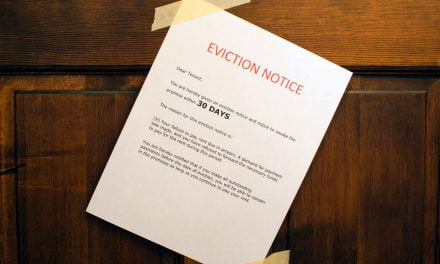Homes listed for less than $313,200 decreased in 2012 by:
- 60% in Fresno;
- 55% in Sacramento;
- 53% in San Francisco;
- 45% in Los Angeles; and
- 44% in Riverside.
In comparison, Zillow estimates low-tier homes have decreased nationwide by 15.3%.
This inventory drop is mostly experienced in the low-tier since speculators are most interested in these properties. Speculators are able to buy up large quantities of these low-priced homes, churning out flips or rentals production-line style.
In turn, speculator offers are more attractive to sellers than offers submitted by buyer-occupants. Speculators nearly always pay cash, allowing sellers to avoid dropouts (due to buyer change of heart or appraisal interference) and close more quickly. Further, Wall Street groups (read: syndicators) are supposedly buying up bundles of foreclosed homes en masse in California (though first tuesday has not been able to find evidence of this activity on a large scale).
Between investors – big and small – potential first-time homebuyers don’t have a chance. Their only option is to overbid, a price that will inevitably be denied upon the lender’s appraisal.
first tuesday insight
Although low-tier homes have technically experienced a dramatic inventory decrease, this report presents only one piece of the puzzle.
There are two types of speculators: the buy-and-hold type and the more common buy-and-flip speculator. The latter resells the home as soon as an upward price movement will yield a profit. Flippers throw on a coat of paint and do necessary code enforcement repairs before listing the home for a significantly higher price
However, end user demand for low-tier homes is lacking in comparison with speculator appetites.
The biggest culprit for the sudden slump in low-tier inventories is the flipper. If the speculators were removed from the market in 2012, we would have had a 6 to 8 month supply of homes in the MLS most of the time. Remember, all those homes bought by speculators will return to be sold with a vengeance in a couple of years.
Further, many of these homes are first purchased from the low-tier before being repaired and re-priced in the mid-tier price range. This takes a couple months at most.
However, this creates the illusion of disappearing low-tier inventory available to buyers. Buyer occupants of these patched up homes end up acquiring largely the same home, but paying the mid-tier price. The greatly reduced interest rates provide the additional purchase-assist funds needed to buy a home priced 20% to 30% higher than a couple of years ago.
Keep in mind that this inventory report only looks at the MLS. This pays no mind to the thousands of low-tier California homes with delinquent mortgages and anxious sellers lurking in the shadows. Add to this all the investor held properties soon to be returned back to the market. We’ve said it before, but it bears repeating: supply is not the issue!
To all those builders out there considering these numbers, don’t be fooled. If you’re going to build, look at multi-family housing in urban city centers. If demand exists over the next few years, it’s in the multi-family market.
Related articles:
Re: Inventory of lower-priced homes plunges in California from the Los Angeles Times and Massive Inventory Shrinkage Hits First-Time Homebuyers in California from Zillow















Yeah, well, how do you think a buyer occupant will pull off getting a loan for a house in poor condition with permit or code enforcement issues? Lending is still following stringent post-boom guidelines, and banks look askance at any property with compliance issues. Furthermore, with lending so difficult to obtain and cash coming out of the woodworks, any listing agent looking for the “best” offer is doing his seller a service by choosing the offer most likely to close escrow with the fewest amount of hiccups. This is, no surprise, usually a “cash, as is/where is” offer.
Additionally, lenders complicate their own sales by dragging their feet on short sale approvals (improving now, March 2013), being so vague on timelines that any buyer occupant who actually needed to MOVE INTO their new home had no idea how long the wait would be. Further, lenders offering both short sales and REO foreclosures on the open market would refuse to do even the most basic repairs… no termite repairs, etc. So they forced the market into the investor purchases– simply by making it nearly impossible to get a loan on a bank owned or short sale property. Who else could buy a home that is un-lendable due to poor condition? Only a cash buyer. Who could have the time to wait 4-6-10 months or more for a short sale approval, only to be told that escrow must close (short sale approval valid) in 2 or 3 weeks. THIS is what lured investors in and kept buyers occupants out.
Maybe now, that short sale approvals have been streamlined, and the worst of the REO’s are long resold, maybe now, buyer occupants will be in luck. But make no mistake… the banks have held the cards all along.